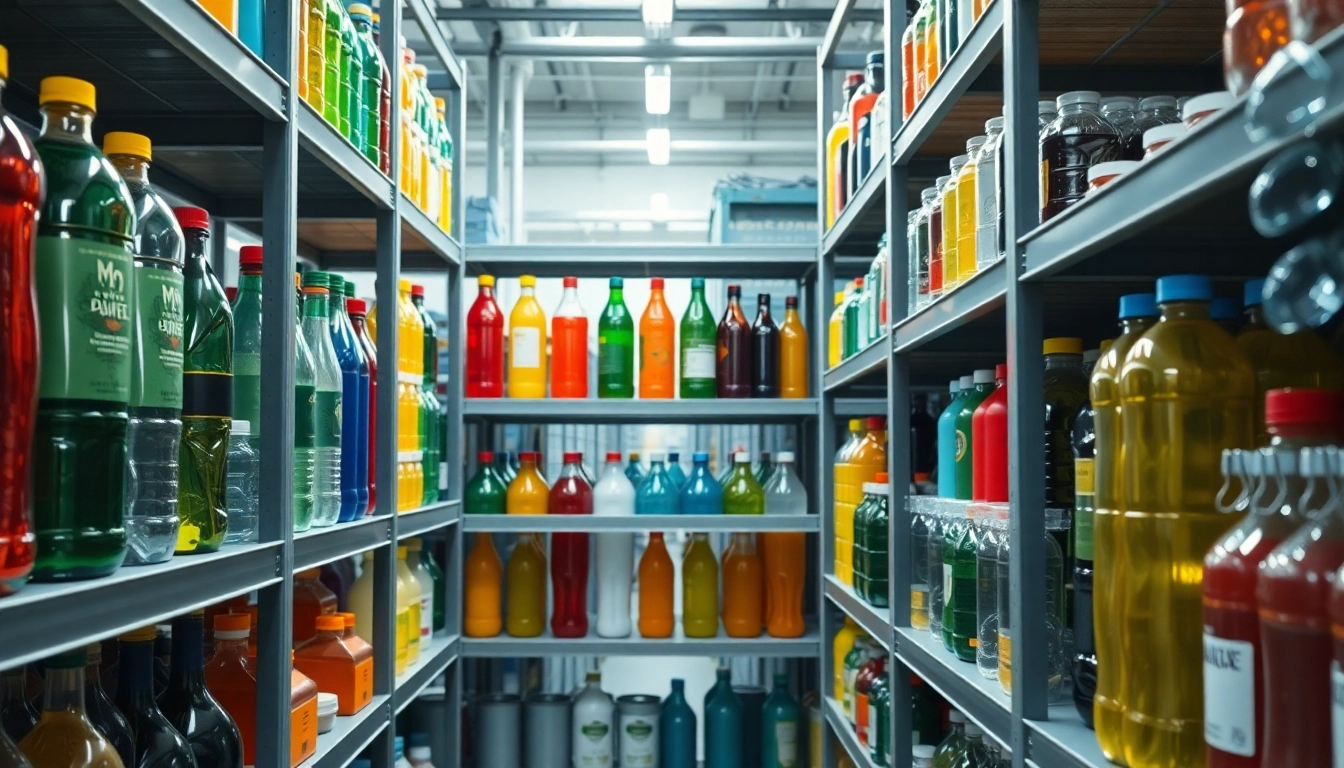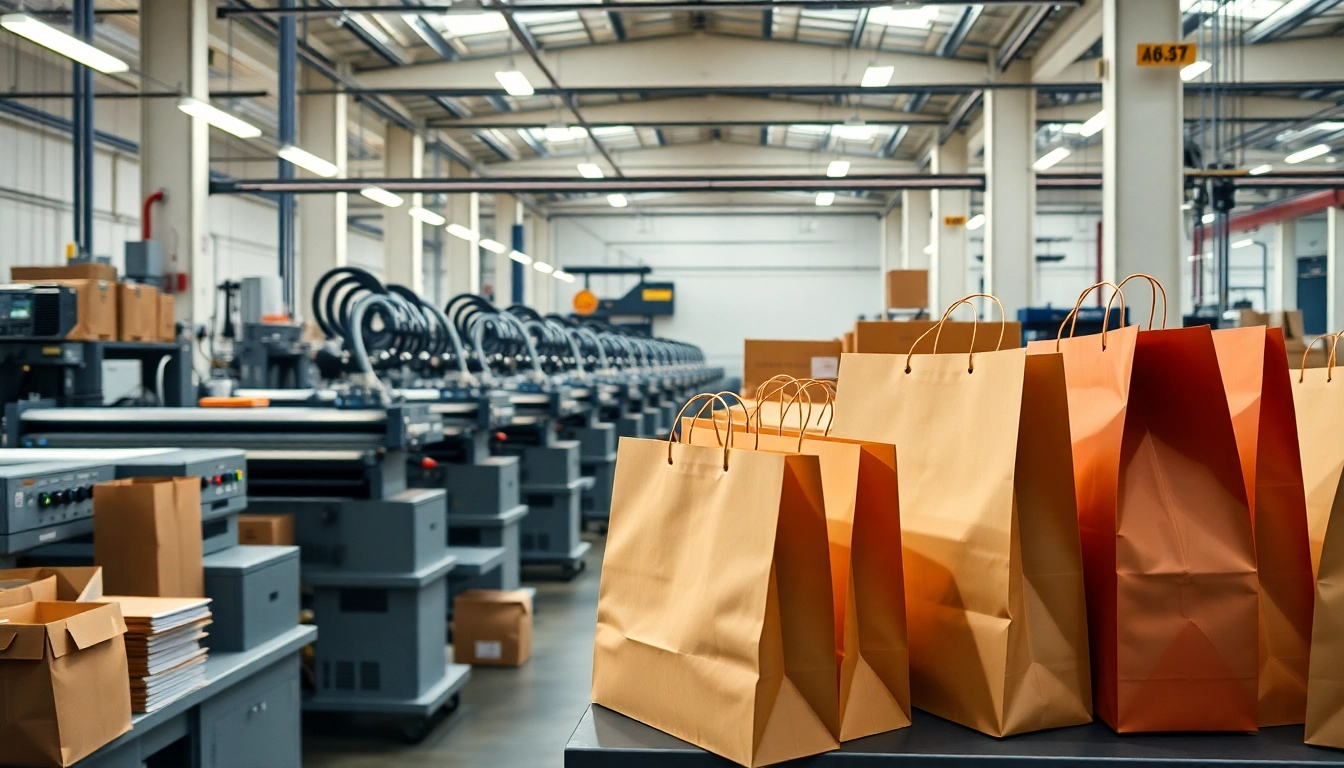Introduction to Plastik Sise and Its Importance in Packaging
Plastic bottles, commonly referred to as plastik şişe, have become an integral component of the modern packaging industry. Their versatility, cost-effectiveness, and adaptability have revolutionized the way products are stored, transported, and marketed across various sectors. From beverages and cosmetics to industrial chemicals and food products, plastic bottles serve as reliable containers that ensure product integrity while offering branding opportunities for manufacturers.
Market dynamics indicate a steady growth trajectory for plastic bottles, driven by rising consumer demand for convenience and sustainability initiatives emphasizing recyclable materials. This comprehensive review aims to explore the different facets of plastic bottles—covering materials, manufacturing processes, design innovations, applications, and future industry trends—serving as a vital resource for industry professionals, business owners, and stakeholders eager to optimize their packaging solutions.
Materials and Manufacturing Processes of Plastik Sise
Types of Plastics Used in Sise Production
The choice of raw materials significantly influences the durability, safety, and environmental footprint of plastic bottles. Polyethylene terephthalate (PET) is the most widely used plastic for beverage bottles due to its clarity, strength, and recyclability. High-density polyethylene (HDPE) is preferred for chemical and industrial uses because of its chemical resistance and robustness. Other plastics like polypropylene (PP) and polyethylene (PE) are also utilized depending on specific application requirements, such as temperature tolerance and barrier properties.
Manufacturing Techniques for Durable and Safe Plastik Sise
The primary manufacturing methods include blow molding, injection molding, and extrusion blow molding. Among these, blow molding is predominant for producing hollow bottles with consistent wall thickness and shape. The process involves heating plastic preforms or pellets, then inflating them within a mold to create the final shape. Advanced manufacturing integrates multi-layer extrusion to improve barrier properties and extend shelf life. Ensuring uniform wall thickness, proper sealing, and defect-free surfaces are crucial for product safety and functionality.
Quality Control and Compliance Standards
Stringent quality controls encompass microbial testing, mechanical strength assessments, and chemical safety evaluations. Compliance with standards such as FDA regulations for food contact materials or ISO certifications ensures that plastic bottles are safe for intended applications. Additional measures include shelf life testing, leak resistance, and environmental stress cracking resistance, which guarantee performance and safety throughout the product lifecycle.
Design and Customization of Plastik Sise
Innovative Design Features for Better User Experience
Advanced design features enhance consumer interaction and ease of use. Examples include ergonomic contours for better grip, pump or spray attachments for dispensing, and tamper-evident closures to ensure product integrity. Moreover, incorporating transparent or tinted plastics allows consumers to visually assess product fill levels, fostering confidence and transparency.
Custom Branding and Labeling Options
Customization plays a pivotal role in branding. Manufacturers can incorporate full-color labels, embossed logos, or shrink sleeves to create distinctive appearances. Digital printing and hot stamping enable precise branding on PET bottles, while label adhesives and coatings are optimized for durability and resistance to moisture and abrasions. This level of customization enhances brand recognition and differentiates products on crowded shelves.
Eco-Friendly and Sustainable Design Solutions
In response to environmental concerns, innovative design solutions focus on reducing material usage, facilitating recycling, and incorporating biodegradable plastics. Multi-use or refillable bottle designs extend product lifecycle, and designs that accommodate recycled plastics (rPET) promote circular economy principles. Additionally, lightweighting techniques reduce raw material consumption without compromising strength or safety, aligning with global sustainability goals.
Applications and Usage of Plastik Sise
Food and Beverage Packaging Solutions
Plastic bottles dominate beverages such as water, soft drinks, and energy drinks, due to their ability to preserve freshness and prevent contamination. In the food sector, smaller bottles are used for sauces, oils, and condiments. Proper barrier properties and food-grade certifications are essential for maintaining product integrity and complying with health regulations.
Industrial and Chemical Storage
In industrial contexts, plastic bottles are designed to store chemicals, cleaning agents, and hazardous materials. These containers are constructed with specialized plastics like high-density polyethylene (HDPE) to resist corrosion and chemical interactions. Features such as secure closures, venting systems, and reinforced walls enhance safety and handling requirements.
Cosmetic and Personal Care Containers
Cosmetic brands favor clear PET bottles for serums, lotions, and perfumes due to their aesthetic appeal and compatibility with various dispensing mechanisms like flip caps, spray pumps, and valves. Custom shapes, vibrant colors, and attractive labeling foster premium positioning while maintaining compliance with safety standards for sensitive products.
Purchasing, Logistics, and Future Trends in Plastik Sise Market
Where to Source High-Quality Plastik Sise
Reliable suppliers who adhere to international standards and provide comprehensive quality assurance documentation are crucial. Leading manufacturers offer a range of standard and customized options, ensuring compatibility with client specifications and regulatory requirements. Online platforms and trade fairs facilitate sourcing, while long-term partnerships foster consistency and innovation.
Efficient Logistics and Delivery Strategies
Effective logistics encompass optimized supply chain management, warehousing solutions, and just-in-time delivery. Implementing inventory management software and real-time tracking reduces lead times and minimizes stockouts. Eco-conscious transportation options, such as using recyclable packaging materials, align with sustainability practices and promote brand integrity.
Emerging Trends and Innovations in Plastik Sise Industry
The industry is witnessing a shift toward sustainable manufacturing, including biodegradable plastics and increased recycling initiatives. Smart bottles equipped with QR codes or RFID tags enhance traceability and consumer engagement. Additionally, automation in molding processes and the adoption of Industry 4.0 technologies improve production efficiency, quality, and customization capability. The future also points toward multifunctional bottles with integrating sensors for freshness or connectivity features for IoT applications.



